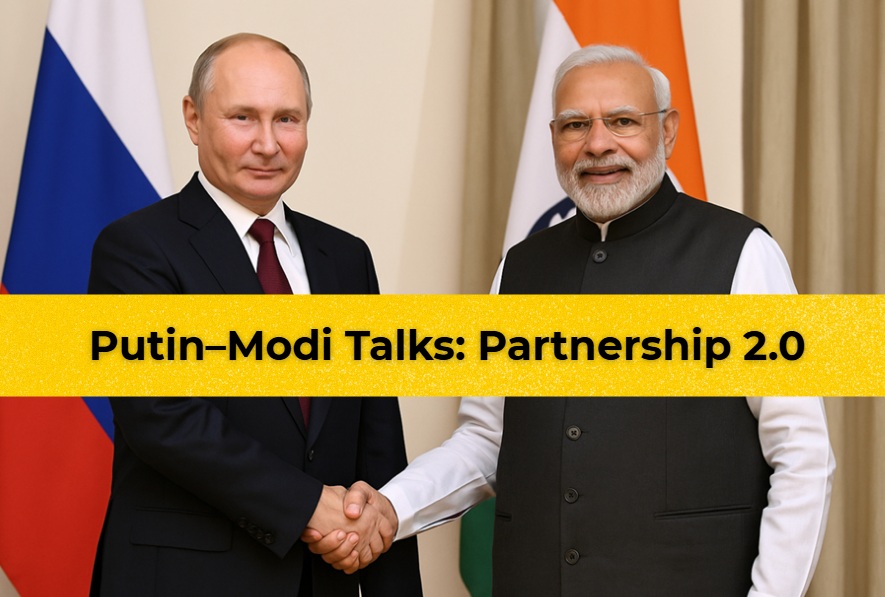
After the international embarrassment tied to Operation Sindoor, Pakistan’s military-political establishment is pursuing structural and operational shifts to reassert control. Concurrently, new open claims by Lashkar-e-Taiba linked actors point to a potential eastern strike route through Bangladesh — a development New Delhi is treating with high urgency.
Key developments
- Pakistan is moving to amend its constitution and defence architecture to create a centralized Chief of Defence Forces (CDF) structure that would expand and formalize the Army Chief’s authority.
- The change is widely understood inside Islamabad as an attempt to concentrate strategic decision-making and stabilize the military’s role after recent setbacks.
- A social-media video circulated recently in which Saifullah Saif, an associate of Hafiz Saeed (LeT leader), claimed Lashkar-e-Taiba operatives are being embedded inside Bangladesh to recruit and prepare cadres to attack India from the east rather than from Pakistan soil.
- Indian security agencies are reported to be analysing the footage and associated intelligence for signs of an emerging operational pipeline into Bangladesh.
- India’s Defence Minister Rajnath Singh issued a clear warning that New Delhi will respond decisively to any provocation — language officials say is aimed at both state and non-state actors across the region.
Strategic context and timing
- The purported Bangladesh route represents a tactical shift designed to obscure traditional Pakistan-to-Kashmir attack vectors and exploit political and security weakness in a neighbouring state.
- The reported timing coincides with heightened political unrest and security deployments in Bangladesh, creating an environment militant groups could attempt to exploit.
- Islamabad’s constitutional manoeuvres and the public claims from extremist quarters together create a convergent threat picture: centralized Pakistani military authority on one side, and indirect or proxy operational planning on the other.
Indian military and diplomatic signalling
- India has responded with a mix of intelligence scrutiny, public deterrent messaging and military signalling to dissuade potential attackers and reassure domestic audiences.
- Recent Indian air exercises over the Siliguri “Chicken’s Neck” corridor have been interpreted as a demonstration of rapid force projection capability across the eastern flank.
- New Delhi’s statements suggest a willingness to target both state failings and non-state actors that threaten India, depending on where responsibility is assessed to lie.
Regional implications
- If Bangladesh becomes a permissive environment for anti-India operations, the strategic geometry of South Asia would change — lengthening India’s eastern security perimeter and complicating bilateral relations with Dhaka.
- Pakistan’s deepening military authority (under a CDF model) could harden Islamabad’s strategic posture and reduce avenues for civilian oversight or diplomatic de-escalation.
- A sustained campaign of indirect attacks from a third country risks escalatory spirals that could draw in regional and extra-regional actors, constrain diplomatic options, and increase the risk of kinetic retaliation.
What to watch in the coming weeks
- Official text and parliamentary process around Pakistan’s proposed constitutional/defence amendments — scope, powers for the CDF, and timelines.
- Independent corroboration of claims in the video: movement of operatives into Bangladesh, recruitment patterns, and local support networks.
- Dhaka’s internal security measures and any public statements by Bangladesh authorities addressing cross-border radicalization.
- Indian military posture and intelligence sharing with Bangladesh and other partners — whether signalling remains defensive or escalates into firmer bilateral action.
Bottom line
The combination of Pakistan’s internal power consolidation and public claims of a new eastern terror route through Bangladesh creates a tri-axis risk that links political instability, militant opportunism, and great-power signalling. New Delhi’s posture — from public warnings to air exercises — indicates readiness to deter and, if necessary, respond; the near-term diplomatic and intelligence exchanges between India, Bangladesh and external partners will likely determine whether the situation de-escalates or hardens into a broader regional crisis.





